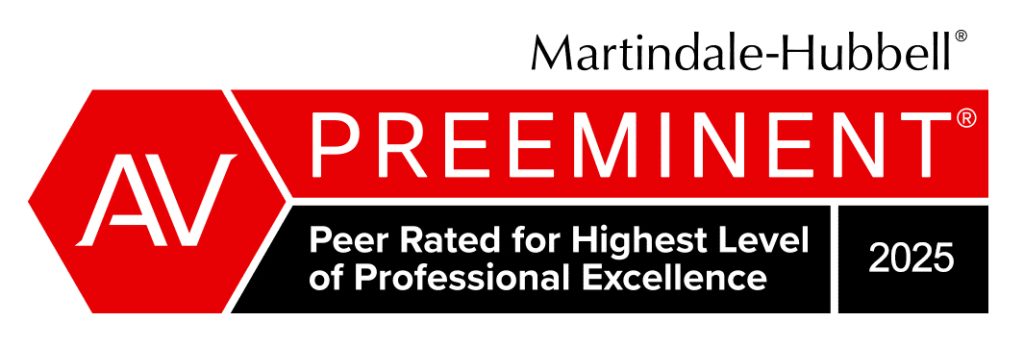Retirement accounts: Tips for taxpayers turning 70 1/2
It’s a big year for the first set of baby boomers: They’re turning 70 1/2. And that means getting prepared for their first mandatory distributions from tax-sheltered retirement accounts.
The first thing to keep in mind is that the amount of your required annual withdrawal is based on the assets in the account as of the prior December 31. For a taxpayer with multiple 401(k) plans, he or she must take a proportional distribution from each of the accounts. If a taxpayer has multiple IRAs, the payouts can be uneven. That is, the entire amount can be taken out of one IRA, if the taxpayer chooses.
As far as timing, a taxpayer can choose to get periodic payments or take a lump sum, typically later in the year, to defer paying taxes on the withdrawal.
IRA withdrawals are usually in cash, but you can also take them as shares of stock or a piece of real estate. If an IRA owner doesn’t intend to spend the money that’s withdrawn, such in-kind withdrawal options avoid commissions on selling investments and buying them again outside of the IRA. However, this type of withdrawal takes more time and necessitates finding out whether any other fees will be charged.
Keep in mind that federal law allows IRA owners to donate up to $100,000 of IRA assets per year, counting toward the required minimum distribution. The donation must be made to a qualified charity.


